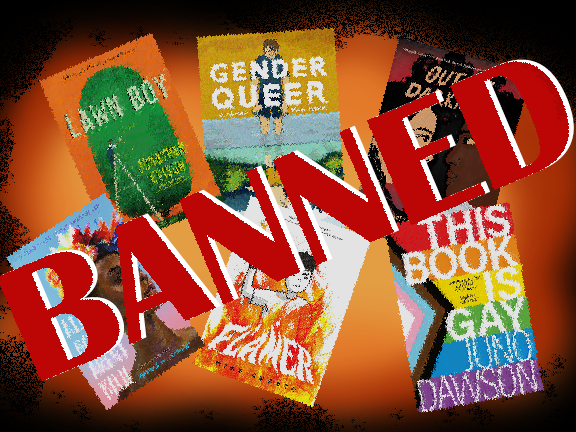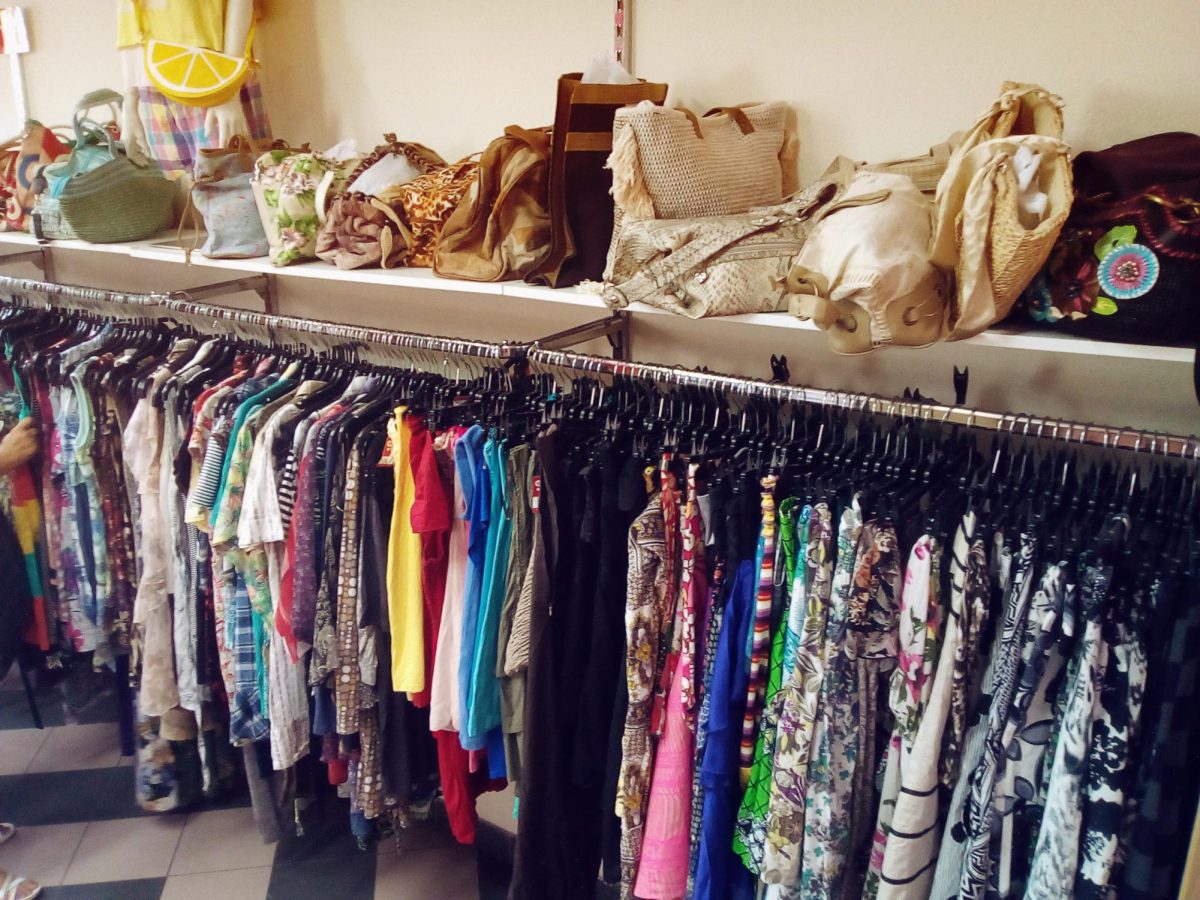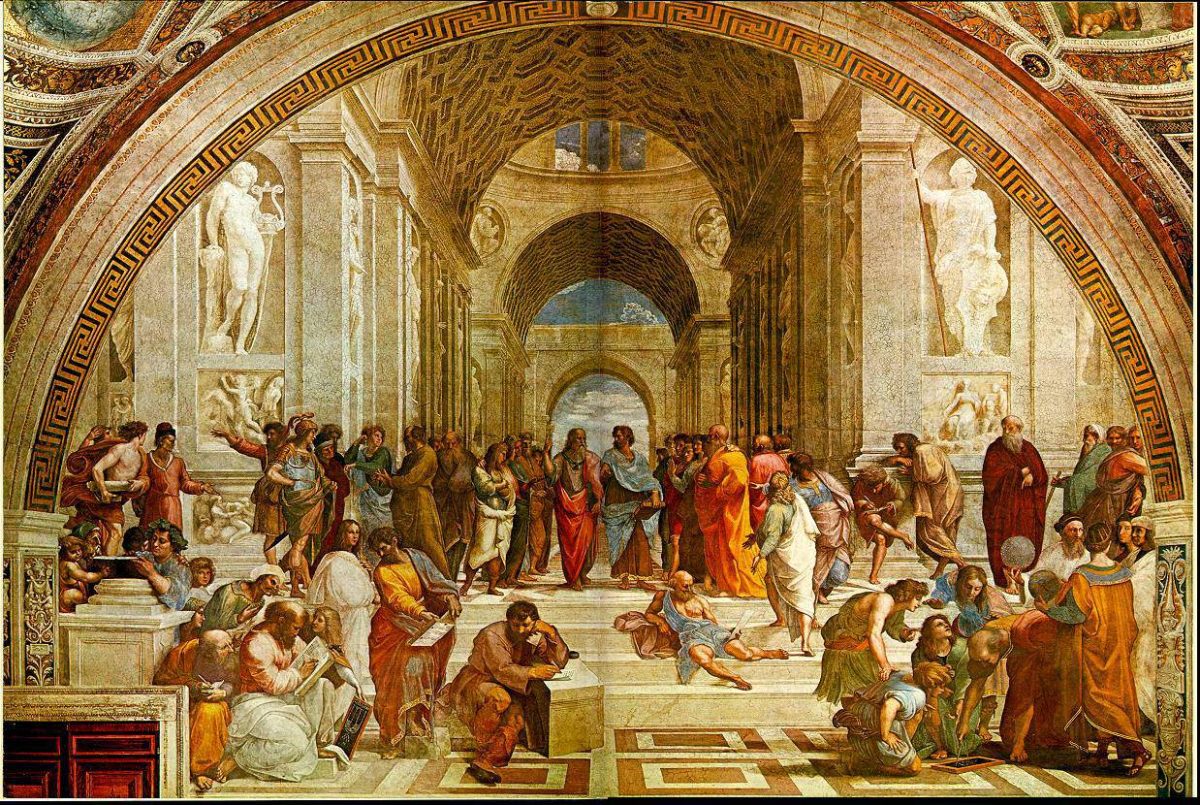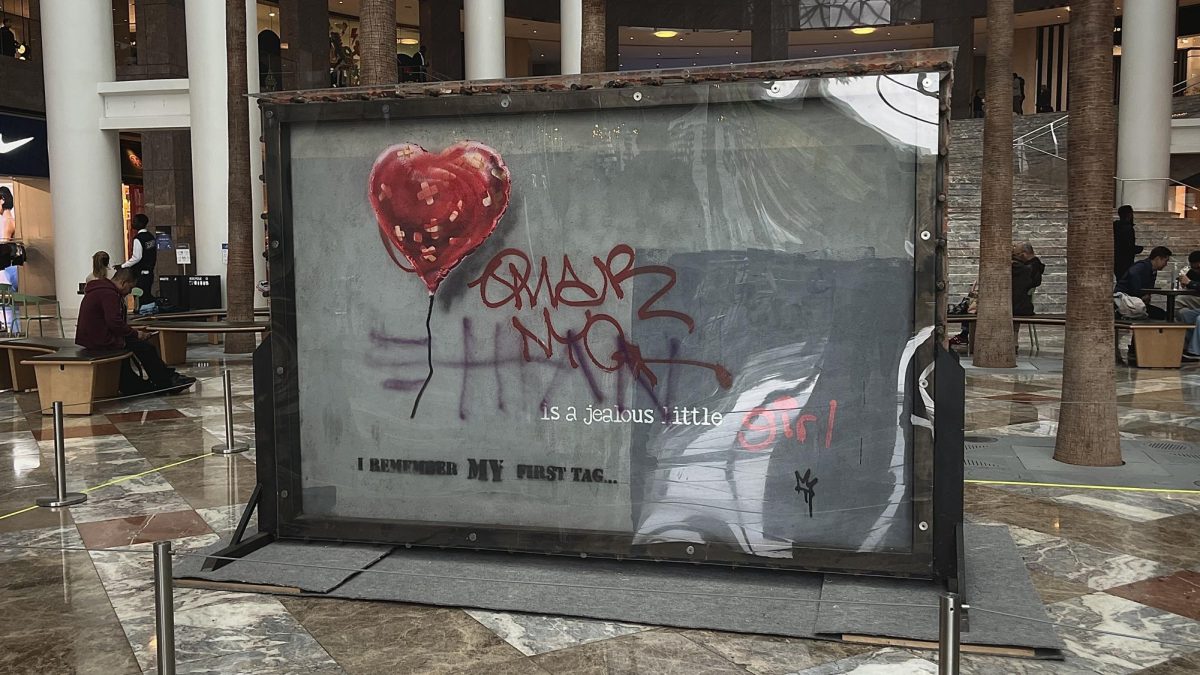Book bans have plagued public schools for the past few years. Recently, there’s been a considerable rise in attempts to censor books in schools and public libraries, causing rifts in children’s education.
The American Library Association released data from earlier this year which found that the number of unique titles challenged has increased by 20% from last year. According to the ALA, a challenge is defined as “an attempt to remove or restrict materials, based upon the objections of a person or group.”
A free speech organization, PEN America, has also released reports indicating a spike in book bans by 33% over 2022’s reports. Over 75% of the books banned are specifically written for younger audiences, such as elementary students, restricting what the most impressionable children can learn.
About two years ago, those against schoolbook bans were told to turn to public libraries to access those books.
“Now, we’re seeing those same groups come to public libraries and come after the same books, essentially depriving everyone of the ability to make the choice to read them,” ALA Office for Intellectual freedom director Deborah Caldwell-Stone said.
The challenged and banned books are mostly those written by or about a person of color or someone from the LGBTQIA+ community, limiting the representation and exposure that young children have access to.
Despite students having a First Amendment right to learn, public schools must heed parents’ and community members’ complaints and lawsuits. Ultimately, it’s the children who are harmed by these bans.
According to The Education Trust, students need to engage in critical thinking and view the world through a diverse perspective. These book challenges and bans prohibit students from learning about different people and cultures, which harms their education.
In some cases, book bans limit students from learning about American history. For instance, a rule in South Carolina bans schools from teaching that “anyone is consciously or unconsciously racist simply by their race and preventing lessons from making anyone feel discomfort, guilt or anguish based on their race.”
These kinds of rules and laws make it very difficult for important aspects of American history, like slavery and segregation, to be taught in middle and high schools across the country.
Education is a cornerstone of democracy and limiting what a child learns in school hurts not just the individual student, but the overall stability of The United States democracy. Only an educated population can make informed decisions about its government.
The ALA’s annual Banned Books Week highlights the value of free and open access to information and brings together the entire book community. Banned Books Week will be held from Oct. 1 to Oct. 7.
This year’s theme, Let Freedom Read, “captures what’s at stake for our democracy: that the safety of our right to speak and think freely is directly in proportion to our right to read.”
One of the easiest ways to spread awareness is by reading and sharing a banned book with others. Many public libraries in New York observed Banned Books Week, making it easier for people to learn about banned books and what they can do to help the cause.









